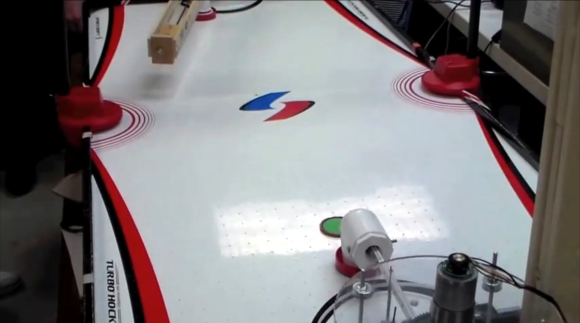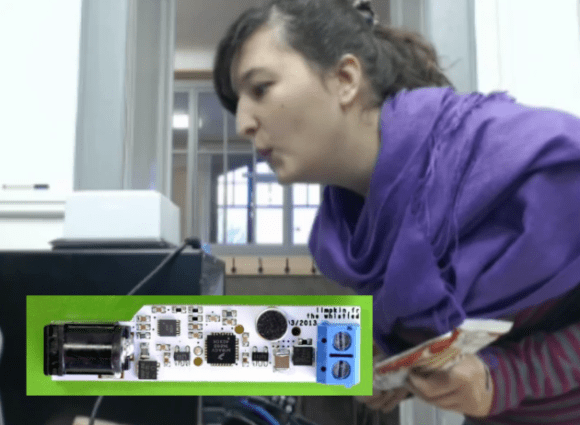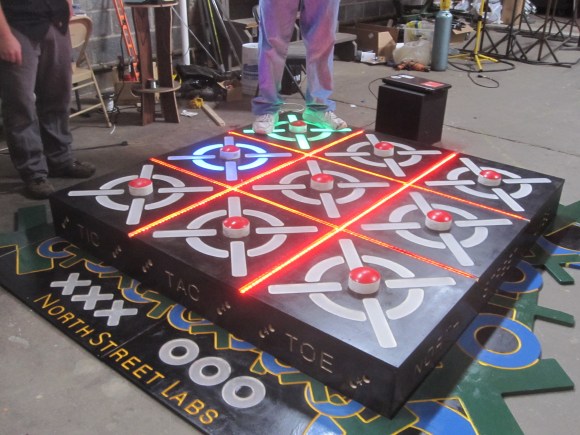
My final project is build a robot that plays air hockey? Where do I sign up? Apparently you get yourself a seat in ECE496 at Clemson University. They have been using the concept as a final project for at least a couple of years. [Abe Froman] was on the winning design team this year and he’s showing off his robot and some winning games it played.
His robot is in the foreground. It uses a right-angle PVC joint to hold the paddle. The fitting is attached to a rack and pinion that drives it forward and back. The entire assembly is mounted on a rotating rig. Take a look at some of its opponents that use more of a plotter-type arm. Those offerings have too much play in the joints which at times causes the thing to miss.
Chances are good that once you get a job you won’t be asked to do things for the company unless they are money makers. Sure, there are a few notable exceptions, but since you’re playing to go to school we really appreciate the professors making the learning as enjoyable as possible before you have to get serious (and maybe even wear a tie!).
Continue reading “Robot Air Hockey Championship As A Final Project”















